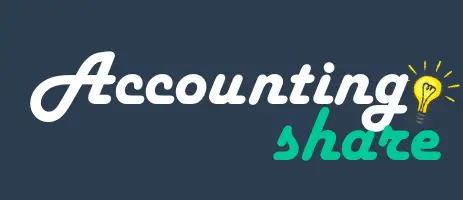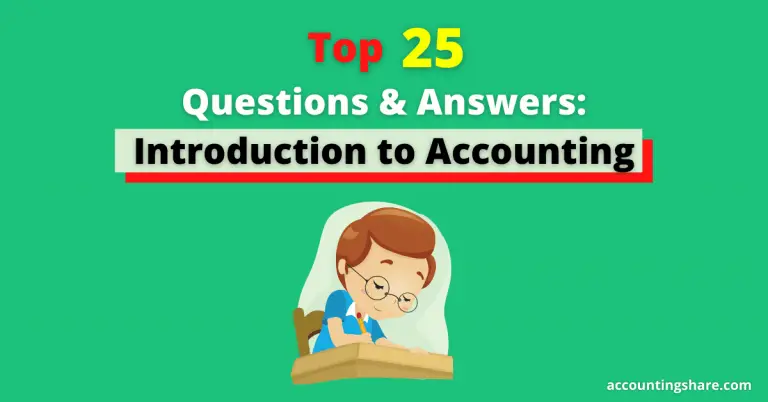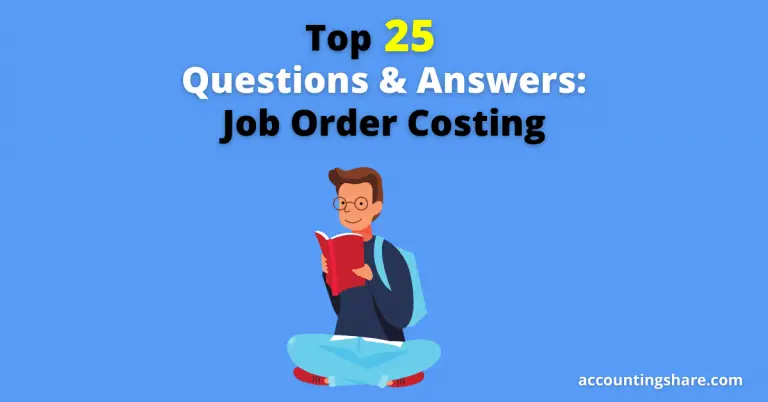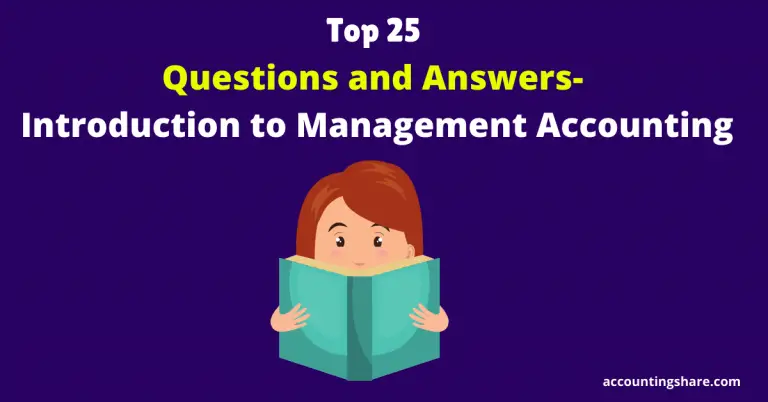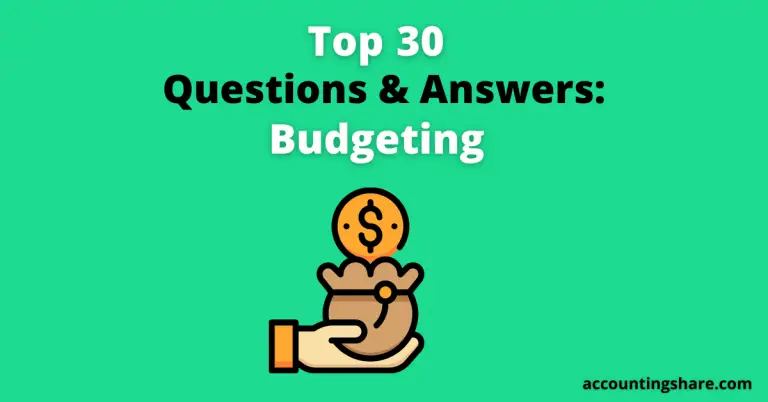Top 30 Questions and Answers: Cost Terms, Concepts, and Classification [With PDF]
Today we’ll learn the top “30” questions and answers: cost terms, concepts, and classification. At the end of the post, you’ll get a basic idea of the cost terms, concepts, and classification.
Understanding these fundamental aspects of cost accounting will provide a strong foundation for analyzing financial data and making informed business decisions. By mastering these key concepts, you will be better equipped to manage costs effectively and improve overall profitability.
Let’s begin now.
Questions and Answers: Cost Terms, Concepts, and Classification
Question 01: What does cost mean?
Answer: Cost refers to the monetary value of resources used to produce goods or services. Understanding cost is essential for businesses to accurately calculate profitability and make strategic decisions.
Question 02: What does expense mean?
Answer: The term “expense” refers to the portion of the cost that has expired. It is the part of the cost that has already been used up or consumed.
Question 03: What’s the actual cost?
Answer: The actual cost is the total amount of money spent on producing a good or service, including both direct and indirect costs. It is a historical or past cost.
Question 04: What is the planned cost?
Answer: A predicted or forecast cost (a future cost) is a planned cost.
Question 05: What are the direct costs?
Answer: Direct costs are expenses that can be specifically attributed to the production of a good or service, such as raw materials or labor. These costs are directly tied to the product being made and can be easily traced.
Question 06: What are the indirect costs?
Answer: Indirect costs are expenses that cannot be directly attributed to a specific cost object, such as overhead costs or administrative expenses. These costs are necessary for the overall operation of the business but are not directly tied to a specific product or service.
Question 07: What is the accumulation of costs?
Answer: Cost accumulation is organizing and collecting cost data using an accounting system.
Question 08: What is the allocation of costs?
Answer: Cost allocation involves distributing indirect costs to a specific cost object.
Question 09: What variables influence direct and indirect cost classifications?
Answer: The following variables influence direct and indirect cost classifications:
- The materiality of the cost.
- Available technologies for collecting information.
- Operations design.
Question 10: What are the two basic types of cost-behavior patterns?
Answer: The two basic types of cost-behavior patterns are
- Variable Costs and
- Fixed Costs
Question 11: What’s the variable cost?
Answer: The variable cost is a cost that changes in total in proportion to changes in the total activity or volume-related level.
Question 12: What are the examples of variable costs?
Answer: The examples of variable costs are direct material, direct labor, and variable overheads.
Question 13: What is the fixed cost?
Answer: The fixed cost is a cost that, despite broad changes in the related level of total activity or volume, remains unchanged in total for a given period.
Question 14: What are the examples of fixed costs?
Answer: The examples of fixed costs are administrative salaries, rent, insurance, rates, etc.
Question 15: What is a semi-variable cost?
Answer: A semi-variable cost is a cost that contains both fixed and variable elements, meaning it partially changes with the level of activity or volume. An example of a semi-variable cost is utilities, where there is a fixed portion and a variable portion based on usage.
Question 16: What are the examples of semi-variable costs?
Answer: The examples of semi-variable costs are gas, telephone bills, and electricity.
Question 17: What is a cost center?
Answer: A cost center is a specific department or unit within a company that is responsible for incurring costs and generating expenses. It helps in tracking and managing expenses related to a particular segment of the business.
Question 18: What is a cost driver?
Answer: A cost pool is a grouping of individual costs, typically by department or activity, that are then allocated to cost objects based on a specific allocation base. It allows for more accurate cost allocation and helps in determining the total cost of a product or service.
Question 19: What is the cost pool?
Answer: A cost pool is a group of individual costs. A company uses a specific cost allocation base to allocate to cost objects.
Question 20: What is cost tracing?
Answer: Cost tracing is the direct assignment of costs to a specific cost object, such as a product or service.
Question 21: What are the costs of inventory?
Answer: The costs of inventory include the purchase cost, transportation costs, storage costs, and any other costs incurred in acquiring and holding inventory.
Question 22: What are the types of inventory?
Answer: The types of inventory are as follows:
- Direct Material Inventory
- Work-in-process inventory
- Finished Goods Inventory
Question 23: What is the period cost?
Answer: Period costs are costs that are not directly tied to the production of goods and are expensed in the period they are incurred, such as selling and administrative expenses. These costs are deducted from revenue in the same period they are incurred, rather than being included in the cost of goods sold.
Question 24: What are the examples of period costs?
Answer: The examples of period costs are marketing expenses, distribution expenses, customer support expenses, etc.
Question 25: What is cost control?
Answer: Cost control is the practice of managing costs to meet established standards.
Question 26: What is cost reduction?
Answer: Cost reduction is a technique to lower unit prices without compromising quality.
Question 27: What is the relevant range?
Answer: The relevant range is the normal activity level or volume band. There is a direct correlation between the activity level or volume and the associated costs.
Question 28: What is the meaning of unit cost? How can one calculate the unit cost?
Answer: Unit cost is the cost incurred to produce a single unit of a product or service. It is calculated by dividing the total production costs by the number of units produced.
Per unit cost = Total manufacturing costs/Number of units manufactured
Question 29: What’s the prime cost?
Answer: All direct manufacturing expenses are prime costs.
Prime costs = Direct material costs + Direct manufacturing labor costs
Question 30: What are the conversion costs?
Answer: All manufacturing costs, other than direct material costs, are conversion costs. All manufacturing costs incurred to convert direct materials into finished goods represent conversion costs.
Conversion costs = Direct manufacturing labor costs + Manufacturing overhead costs
I hope, at the end of the article, you have a basic idea about the cost terms, concepts, and classification. Read these top “30” questions and answers: cost terms, concepts, and classification, and improve your accounting skills and knowledge.
You may also read:
